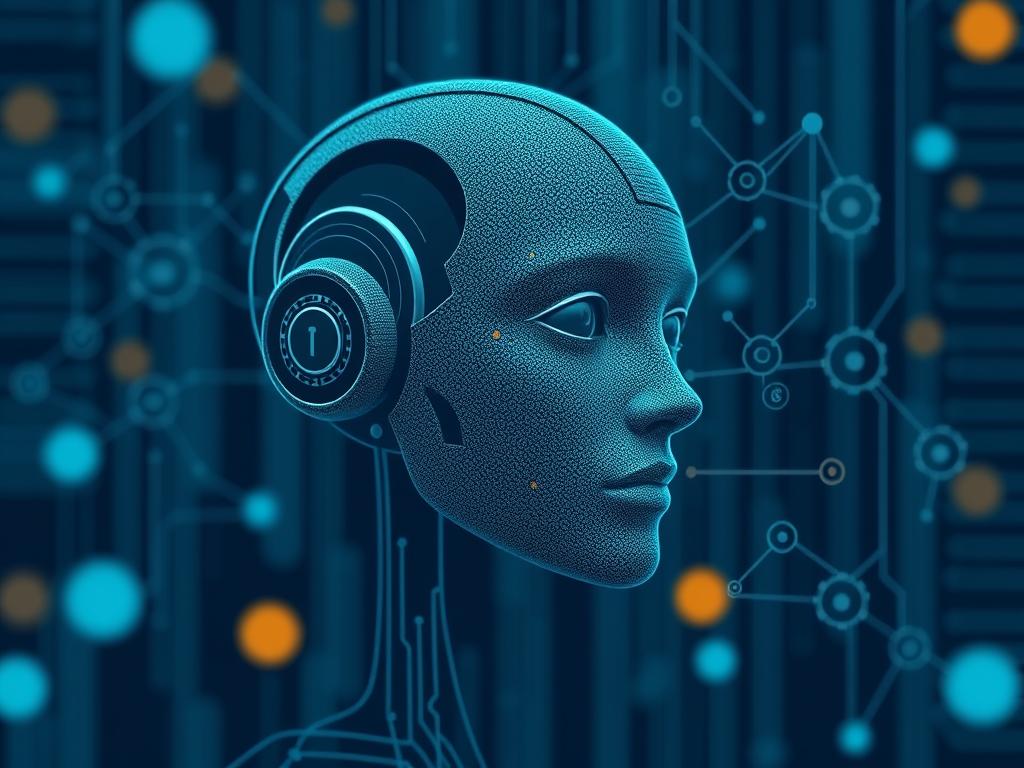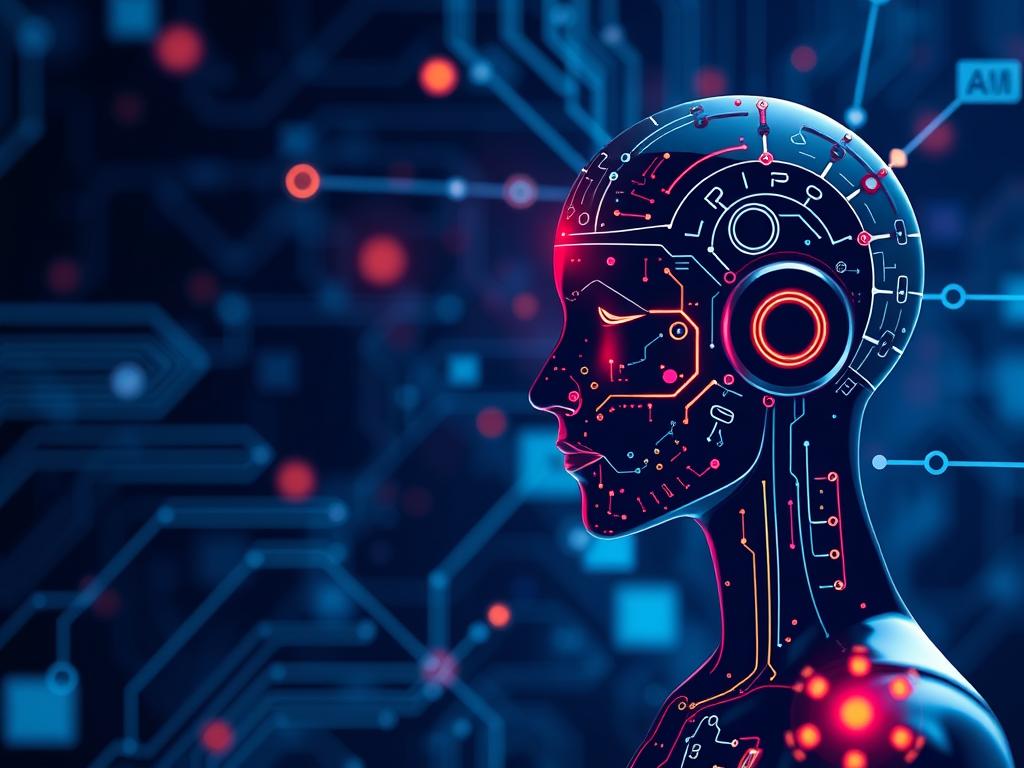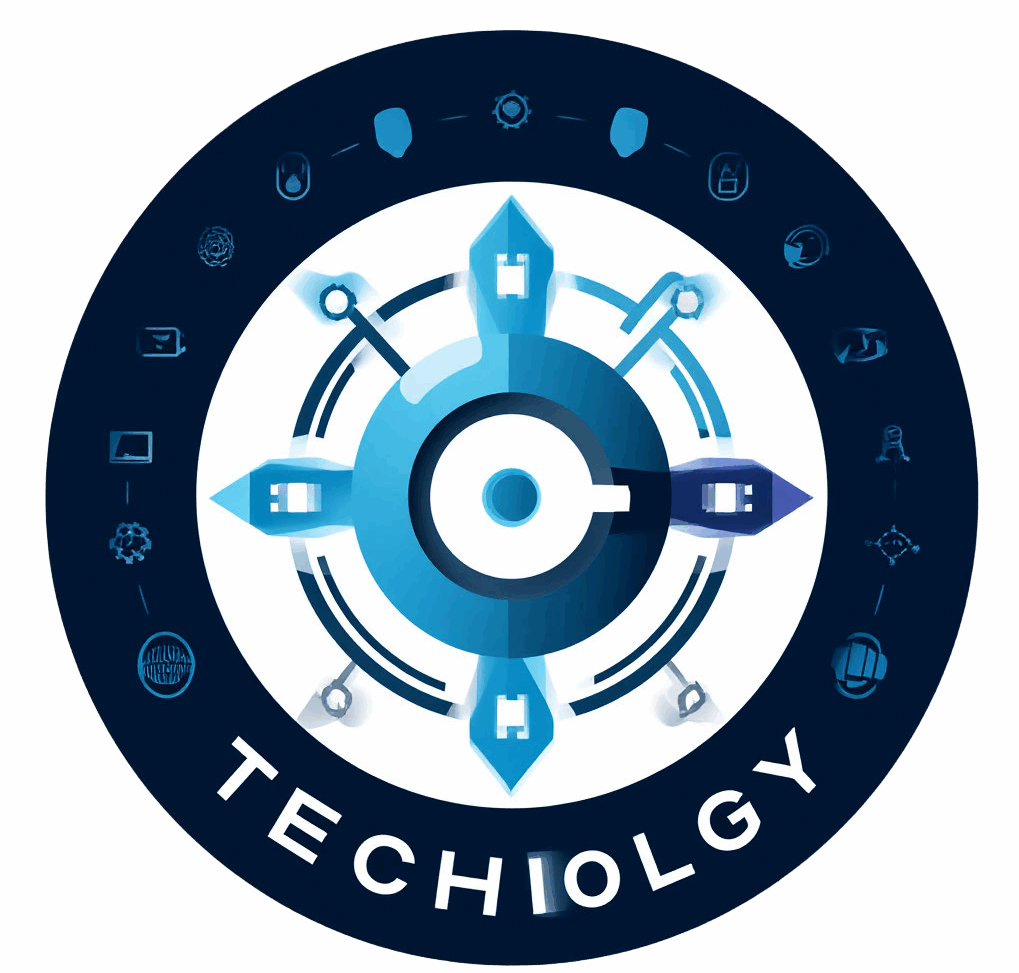Artificial Intelligence (AI) has become a powerful force shaping our daily lives, from recommending what we watch next to assisting in medical diagnoses. Yet, as AI continues to evolve and integrate deeper into society, questions about ethical AI—particularly bias, fairness, and accountability—have taken center stage. These concerns aren’t just academic; they have real-world consequences that affect how people experience technology and, more importantly, how technology shapes opportunity, justice, and trust.
When we talk about bias in AI, what do we really mean? Bias arises when AI systems, intentionally or unintentionally, favor certain groups over others. This can happen because AI models learn from data that itself reflects societal prejudices or inequalities. For example, a recruitment AI trained on historical hiring patterns might prefer male candidates over females simply because past hiring data was skewed. Understanding and mitigating this bias is a critical step in achieving fairness. Fairness in AI means ensuring that outcomes do not discriminate against individuals or groups based on race, gender, age, or other protected characteristics. However, fairness is a complex and sometimes subjective concept depending on cultural values and context.
Accountability is the third pillar of ethical AI. It insists that creators, deployers, and users of AI systems need to take responsibility for the technology’s decisions and impacts. This includes being transparent about how AI works, ensuring robust mechanisms for addressing errors or harms, and providing channels for recourse when AI decisions adversely affect people. Without accountability, even the most well-intentioned AI can spiral into opaque black boxes, leaving users helpless and harming trust.
Understanding Bias in AI: Sources and Implications
Bias doesn’t show up magically in AI systems; it has identifiable roots. One major source is the data used to train AI. Since AI models learn patterns from data, if the data is biased, the model almost inevitably reproduces or even amplifies those biases. This is especially problematic in datasets collected from human behavior, which often mirrors systemic inequalities or prejudices. Another source is the design choices made during algorithm development. For example, the features selected or the objectives prioritized can inadvertently skew results.
Let’s look at some common types of bias found in AI:
- Sampling bias: When the training data doesn’t fully represent the diversity of the real world.
- Label bias: When the data used for training includes inaccurate or subjective labeling.
- Measurement bias: When the tools or metrics used to gather data distort outcomes.
- Algorithmic bias: When the model’s structure or objective function favors certain patterns unfairly.
For instance, facial recognition technologies have been criticized for performing poorly on people with darker skin tones due to training data heavily weighted toward lighter-skinned faces. This kind of bias doesn’t just lead to errors—it can perpetuate discrimination, reinforce stereotypes, and cause tangible harm such as wrongful arrests or exclusion from services.
Fairness in AI: What Does It Really Mean?

Fairness is a guiding principle but not a one-size-fits-all solution. Different fairness frameworks exist, each with its own interpretation:
| Fairness Concept | Description | Example |
|---|---|---|
| Equal Opportunity | Ensuring that all groups have equal chances of a favorable outcome when qualified. | A credit scoring system giving similar loan approval rates to equally creditworthy individuals regardless of race. |
| Demographic Parity | Outcomes are equally distributed across groups, regardless of qualifications. | Hiring AI selects candidates ensuring equal numbers from different genders, without considering individual qualifications. |
| Individual Fairness | Similar individuals receive similar outcomes. | Two people with nearly identical medical histories receive similar diagnoses from an AI tool. |
Choosing the right approach depends on the application’s context and societal goals. Sometimes, achieving one type of fairness clashes with another, leading to difficult trade-offs. For example, striving for demographic parity may mean overlooking qualifications, while focusing solely on equal opportunity might still perpetuate underlying disparities. It’s clear that fairness requires ongoing dialogue, research, and reflection rather than a quick fix.
The Role of Transparency in Fair AI Systems
Transparency is crucial to fairness because it allows stakeholders to understand how AI systems work and why decisions are made. Transparent AI can reveal potential biases and enable developers and users to challenge and improve outcomes. Yet, transparency isn’t simple. Many AI models, especially those based on deep learning, operate as “black boxes,” meaning their inner workings are difficult to interpret by humans.
To tackle this challenge, researchers are developing explainability tools that provide insights into AI decisions without sacrificing performance. Examples include feature importance rankings, decision trees, or generating natural language explanations. When AI systems communicate clearly, they empower users to trust decisions, recognize errors, and advocate for fairness.
Accountability in AI: Who is Responsible?
With AI increasingly making decisions, accountability becomes a pressing concern. When AI systems err or cause harm, who should answer for the consequences? Developers, companies, regulators, or the AI systems themselves? The answer is nuanced and evolving.
Current best practices emphasize shared accountability:
- Developers and designers must integrate ethical principles throughout the AI lifecycle, proactively identifying and mitigating bias.
- Organizations deploying AI systems should maintain oversight, monitor AI behavior in real time, and provide clear lines of responsibility.
- Policy-makers and regulators play a vital role by creating standards, guidelines, and laws that foster ethical AI practices.
- End-users are encouraged to stay informed, question AI outputs, and report issues.
Mechanisms for accountability also include audit trails logging AI decisions, third-party audits assessing fairness and compliance, and complaint redress systems for affected individuals. International cooperation and legal frameworks are increasingly necessary to keep pace with fast AI advances.
Real-World Examples Where Accountability Matters

Consider the unfortunate case where an AI system used in judicial sentencing delivered biased risk assessments, disproportionately labeling minority defendants as higher risk. Without accountability, these errors go uncorrected, resulting in unfair treatment and undermining trust in the legal process. However, when such biases were exposed, it prompted deeper government scrutiny, better AI auditing protocols, and calls to improve transparency.
Similarly, in healthcare, AI-driven diagnostic tools must be accountable for errors to avoid life-threatening consequences. Hospitals adopting these technologies need strict oversight, transparent validation studies, and mechanisms for patient feedback.
Steps Toward Ethical AI: Practical Actions
Bringing ethical AI from a principle into practice requires conscious effort. Here are some key steps:
| Action | Description | Benefit |
|---|---|---|
| Inclusive Data Collection | Gathering diverse, representative datasets to reduce sampling bias. | Improves model fairness and generalizability. |
| Bias Detection and Mitigation Tools | Using software frameworks to identify and correct biases during development. | Reduces discriminatory outputs. |
| Regular Audits | Periodic third-party evaluations of AI systems in use. | Ensures ongoing fairness and accountability. |
| Explainability Techniques | Providing understandable AI decisions to users. | Builds trust and transparency. |
| Clear Accountability Policies | Defining roles and responsibilities for AI outcomes. | Improves oversight and reduces harm. |
Educational initiatives that promote digital literacy and ethics awareness among AI practitioners and the public also play a crucial role in cultivating an ethical AI ecosystem.
Challenges Ahead

Despite progress, numerous challenges remain. Ethical AI is a moving target where technology, society, and law intersect. Rapid advances in AI capabilities make regulation difficult to enforce. Cultural differences complicate universal definitions of fairness. Also, resource limitations mean not all organizations can implement best practices equally.
Furthermore, transparency risks exposing proprietary information or enabling manipulation, creating tension between openness and security. It’s also challenging to predict long-term societal impacts of AI fully, meaning ethical AI requires adaptability, vigilance, and collaboration.
Summary of Key Takeaways
- Bias in AI arises from data, design choices, and societal context and requires active mitigation.
- Fairness has multiple definitions, and balancing them depends on context and stakeholder values.
- Transparency promotes fairness but faces technical and operational challenges.
- Accountability ensures someone is responsible when AI causes harm, requiring shared roles across stakeholders.
- Ethical AI demands practical steps like inclusive data, bias checks, audits, and clear policies.
- Ongoing challenges like rapid innovation and cultural differences mean ethical AI efforts must be dynamic and collaborative.
Conclusion
Ethical AI isn’t just a lofty ideal; it’s an urgent necessity as AI shapes our societies in profound ways. Addressing bias, ensuring fairness, and promoting accountability are intertwined goals that require deliberate, thoughtful actions from technologists, organizations, regulators, and users alike. While challenges remain, the journey toward ethical AI offers an opportunity to build smarter systems that respect human dignity and promote equitable outcomes. By fostering transparency, embracing diversity, and accepting responsibility, we can harness AI’s promise while safeguarding society’s values—a balance that is both possible and essential in the age of intelligent machines.




